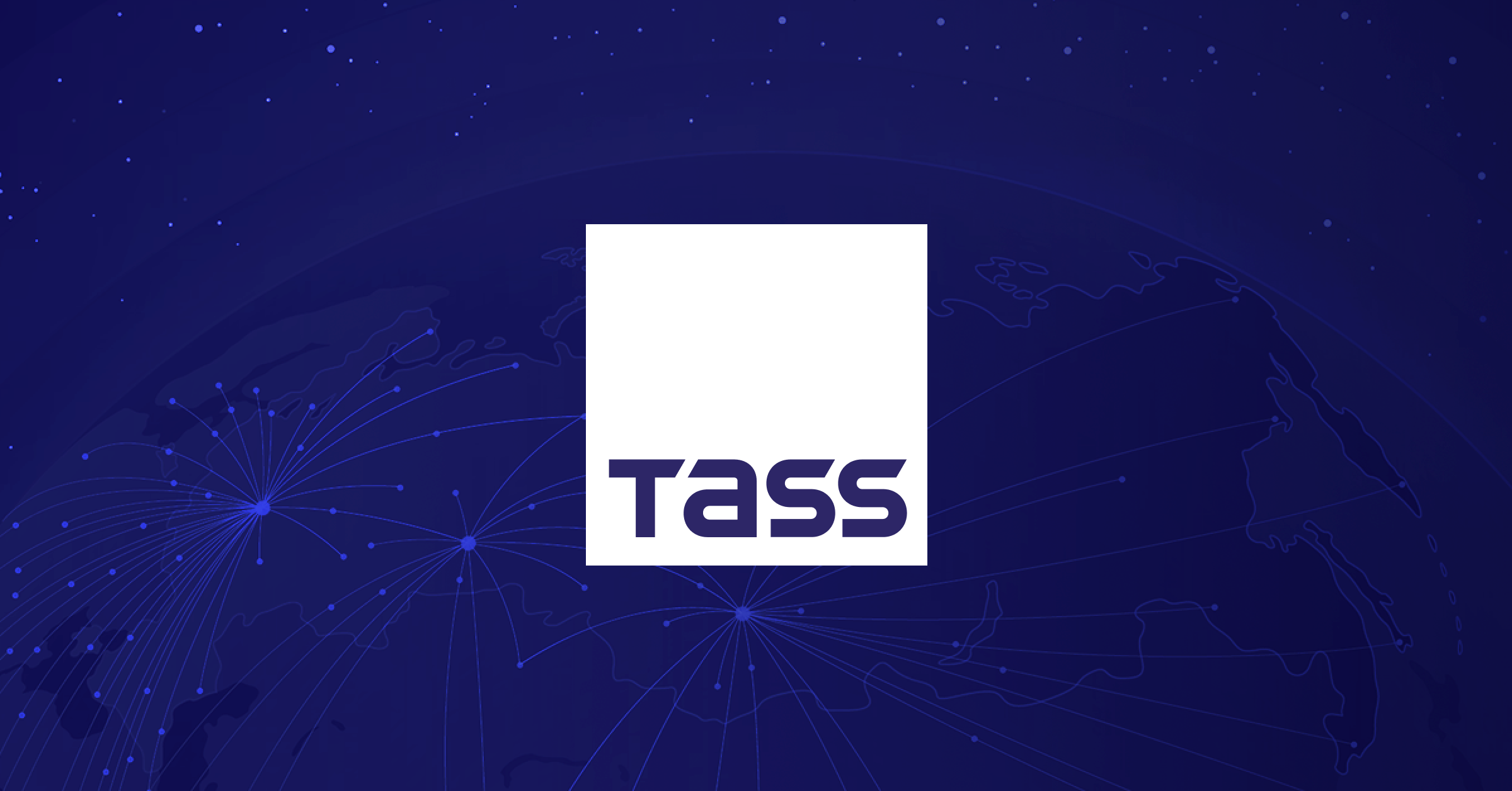

The Federation of Indian Export Organisations (FIEO) has expressed disappointment following the United States' decision to impose a 25% tariff on a wide range of goods from India, effective August 1, 2025. The announcement, made by former US President Donald Trump, has triggered alarm across the export sector and raised the specter of a broader economic fallout.
Trump's decision is viewed as a protectionist move and a pointed diplomatic signal, aimed at correcting what he described as "obnoxious" non-tariff barriers. He also cited high Indian tariffs, non-tariff barriers, and India's continued strategic and economic engagement with Russia as reasons for the heightened trade action. Trump stated that India's tariffs were "far too high" and that the country has "the most strenuous and obnoxious non-monetary Trade Barriers of any Country". He also expressed displeasure with India's purchases of military equipment and energy from Russia.
The 25% tariff rate is among the highest imposed on any country under Trump's new trade agenda. This places India among the most affected nations globally. The penalties escalate concerns, particularly for high-growth Indian export sectors such as electronics, machinery, and chemicals.
Ajay Sahai, Director General and CEO of FIEO, stated that the 25% tariff is "a little disappointing". He also noted that the lack of clarity regarding the additional penalty is disrupting supply chain planning and pricing decisions. "We are back to square one as Trump hasn't spelled out what the penalties would be in addition to the tariff," Sahai said. "The demand for Indian goods is bound to be hit".
The newly announced duties target several of India's top-performing export sectors. Automobiles, auto components, steel, aluminum, smartphones, solar modules, marine products, gems, jewelry, and select processed food and agricultural items are all on the 25% list. Pharmaceuticals, semiconductors, and critical minerals have been excluded.
Indian manufacturers across high-growth export sectors are bracing for immediate disruption. Companies like Tata Motors and Bharat Forge anticipate a direct decline in US demand, especially for high-value vehicles and precision parts. Job losses are a looming threat as US orders dip. Exporters in the jewelry and marine sectors, with over $9 billion worth of annual shipments now under the 25% slab, must either absorb costs, pass them on, or urgently find new markets. The impact on textiles and apparel is mixed.
Economists estimate the tariffs could shave off 0.2% to 0.5% from India's GDP if they remain through FY26. MSMEs and export hubs in Maharashtra, Gujarat, Tamil Nadu, and Karnataka are particularly exposed. The revised US tariffs will affect India's export of goods to America, projected at approximately $87 billion in 2024. This includes labor-intensive sectors including apparel, medicines, gems and jewelry, and petrochemical products.
Despite these challenges, India's goods exports to the U.S. grew to $25.52 billion in April and May 2025, up from $20.89 billion in the corresponding period last fiscal year.
The Indian government has responded by stating that it is closely monitoring the situation and will take all necessary measures to protect the national interest. The Ministry of Commerce and Industry highlighted that India and the United States have been in ongoing negotiations to finalize a fair, balanced, and mutually beneficial bilateral trade agreement.
Experts suggest the tariffs could put India at a disadvantage in the U.S. market relative to Vietnam, Bangladesh, and possibly China. However, some experts believe the impact will be temporary, pending a trade agreement. Agneshwar Sen, Trade Policy Leader, EY India, stated that the decision is an unfortunate development, particularly given the strong strategic partnership between India and the USA. However, he noted that both countries remain positively engaged in active negotiations, with the US team expected in India later in August to finalize a comprehensive trade agreement.